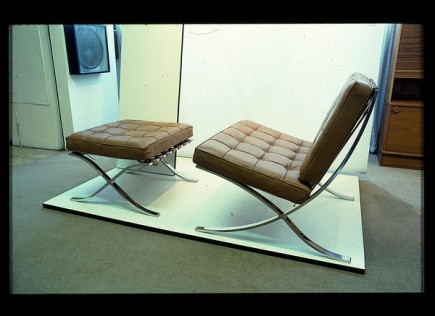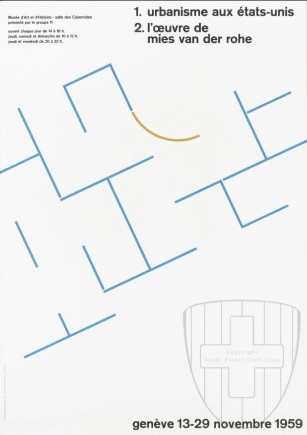A pioneer of modern architecture
'Less is more' Ludwig Mies van der Rohe
Born in Germany on March 27th 1886, Ludwig Mies van der Rohe is widely regarded as one of the pioneers of modern architecture, accelerating the post-war shift from classical ideologies of architectural design and construction methods.
His influential ‘skin and bones’ style, which is renowned for its understated clarity and simplicity is now evident in metropolises around the globe. His use of new age materials such as industrial steel and plate glass was revolutionary and paved the way for modern building methods, moving towards a minimal framework of structural order balanced against the implied freedom of free-flowing open space.
Although famous as an architect, Mies also lent his hand to designing furniture, using modern industrial technologies. His work with furniture is known for its high-level of craftsmanship, with a balanced mix of traditional materials embellished with new age materials such as chrome and aluminium. Some of his most iconic furniture creations are the Barcelona chair and table, the Brnochair, and the Tugendhat chair.
While many regard the work of Mies as architecture in its purest form, many counter-claim that his style strips architecture of all humanity, creating cold, sterile and unpractical environments. However, he may not have been the first architect to dabble with simplicity, but his ideals and rationalist view of minimalism has been carried through the 20th century, until today – the modern age.


